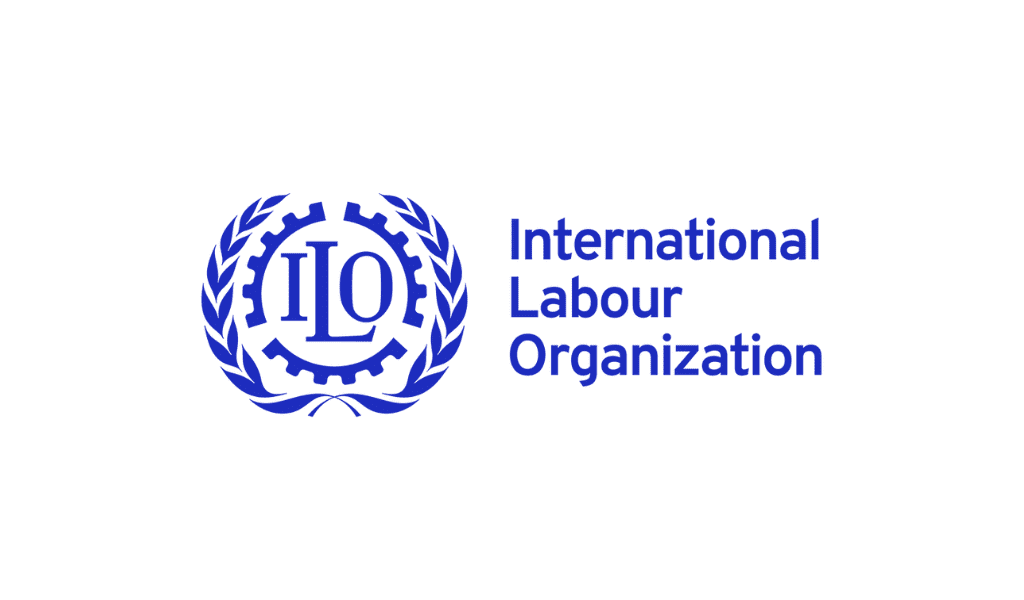Are the majority of HR leaders on the road to transformation?
By Michael DiClaudio
The traditional HR function is being transformed by the fast-moving changes brought about by technology. Digital transformation is the business-wide change of an organization’s structures and processes, enabled by the advancement of technology and the way its people work across the entire enterprise to create value and build sustainable competitive advantage. But are all HR leaders embracing this evolution and moving forward with digital transformation?
KPMG‘s recent global survey, The Future of HR 2019: In the know or in the no?, found that a segment of HR leaders (64 percent) are less confident in the digital future and have taken either a wait-and-see approach to change and are simply sitting idle on the sidelines as the digital era rewrites the rules for success.
Forward-looking HR leaders are confidently following strategic plans and implementing these new technologies and workplace innovations. They view HR as a value-driver and they recognize that senior leaders count on the HR function to provide actionable insights that will drive the organization’s strategy and increase growth.
However, hesitant HR leaders are taking a huge risk as the scope and pace of change accelerates. Those taking halting steps could see new technologies disrupt them out of existence in few years, while those doing nothing might find themselves extinct sooner than that.
The digital economy is already transforming businesses and the traditional HR function. About two-thirds of surveyed HR executives agreed that the function has undergone or is undergoing a digital transformation. Currently, 40 percent report having a digital work plan in place at the organizational or HR level.
Of the HR executives who believe their function has a strategic role in the business, 67 percent were more likely to be pursuing digital transformation compared with 48 percent of those who viewed the HR role as unchanged so far.
These results around digital transformation raise the question: What is holding these HR leaders back? Workplace culture. It was cited by nearly four in 10 HR leaders as the top barrier to digital transformation. What’s more, 35 percent said their current culture remains task-oriented rather than innovative.
Fostering an innovative workplace culture is critical for leaders to be effective in today’s digital world with its myriad of complex people challenges. HR can take the lead on understanding how culture helps people and organizations thrive, creating workplaces that are a true augmentation of human capability with technology.
A key innovation in the coming digital world is the greater reliance on artificial intelligence (AI) and machine learning (ML), which will likely have a large impact on workforces everywhere. But this change will take time to implement and integrate into organizations. According to the survey, 42 percent said that preparing the workforce for artificial intelligence is one of the biggest challenges HR will face over the next five years. However, the challenges appear to be worth the effort. Among those who have invested in AI to date, 88 percent called the investment worthwhile.
Although it may take some effort, HR professionals who actively leverage AI and ML are better able to connect the organization’s people strategy with the larger business performance.
With these technologies becoming a reality, organizations will need employees with specialized skills and an environment that attracts and retains the best and brightest candidates. Yet many HR executives have yet to move toward redesigning their employee experience.
While 50 percent of HR leaders strongly believe employee experience (EX) is valuable to the entire organization, only 24 percent rank EX as a top initiative for the next year or two. That’s perhaps due to the fact that only 16 percent of their senior management have communicated that EX should be a top focus area for HR.
With the need to create modern employee value propositions (EVP), some HR leaders see it as a critical area for the future, with 37 percent selecting it as among HR’s top three required capabilities. That’s good news because with the increasingly fierce war for talent and skills, creating an EX that differentiates organizations and actually retains talent will be critical. Addressing and quickly closing the EX gap needs to be a business priority for HR leaders today.
Next Steps
HR leaders need to recognize that the future of HR is now, and they need to lead their function -and, by extension, the organizations in which they work -toward digital transformation. To transition from inaction or a wait-and-see mindset into forward-thinking leaders, HR executives should consider the following actions:
- Encourage change. A new mindset that recognizes the accelerating speed of change in the digital era and how it is dramatically rewriting the rules for future success will make a difference.
- Leverage technology to reshape the HR function. HR leaders can show the value of human capital management to the business by using technology and new skills that show the significant value and competitive advantage of data and analytics. HR should prepare in advance of the integration of AI and ML into a collaborative future workforce that combines human and digital labor.
- Pursue a deeper understanding of employee skills, strengths, goals, and purpose while creating custom-made employee experiences. HR needs to recognize the immense value of EX and EVP to create future success and competitiveness. It should be high on the change agenda.
- Treat employees as customers. In the increasingly digital, global, and agile world of work, embracing technology will help increase connections and support an overarching people agenda as tasks and roles are redefined.
Today, uncertainty is the new norm. The trailblazers in HR are overcoming this uncertainty and creating an opportunity to drive new competitive advantage and get ahead of the pack.
Michael DiClaudio is a principal in KPMG’s U.S. Advisory People and Change practice.














